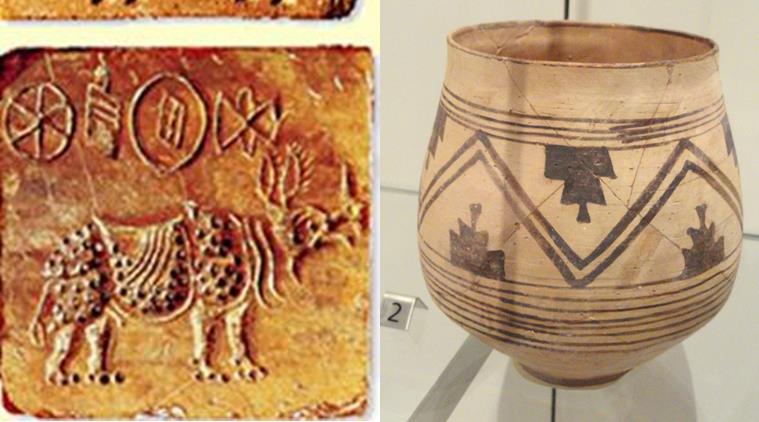A Great City That Was Lost In History - The Mohenjo Daro Civilization
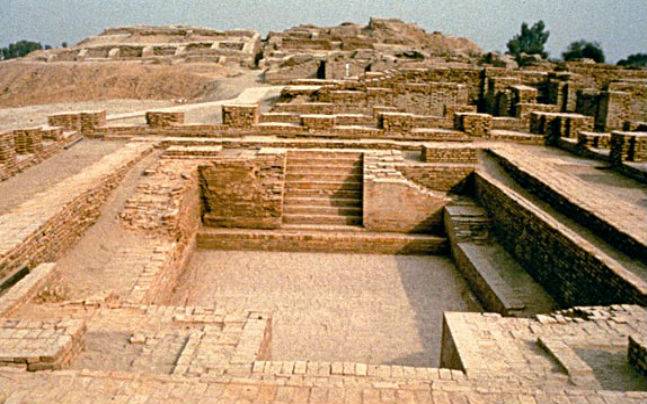
An all around arranged road matrix and an intricate waste framework imply that the inhabitants of the old Indus development city of Mohenjo Daro were talented urban organizers with a respect for the control of water. Be that as it may, exactly who possessed the old city in cutting edge Pakistan amid the third thousand years B.C. remains a confound.
"It's truly faceless," says Indus master Gregory Possehl of the University of Pennsylvania in Philadelphia.
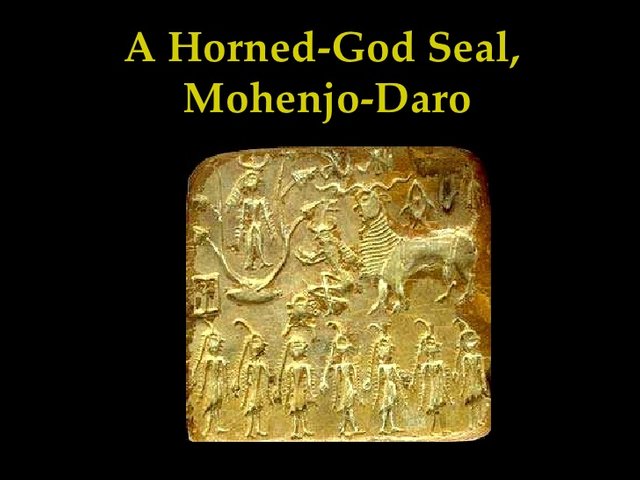
The city needs showy castles, sanctuaries, or landmarks. There's no undeniable focal seat of government or confirmation of a ruler or ruler. Humility, request, and neatness were obviously favored. Ceramics and apparatuses of copper and stone were institutionalized. Seals and weights propose an arrangement of firmly controlled exchange.
The Indus Valley human progress was totally obscure until 1921, when unearthings in what might move toward becoming Pakistan uncovered the urban areas of Harappa and Mohenjo Daro (appeared here). This puzzling society developed about 4,500 years back and flourished for a thousand years, benefitting from the profoundly rich grounds of the Indus River floodplain and exchange with the civic establishments of adjacent Mesopotamia.
The city's riches and stature is apparent in ancient rarities, for example, ivory, lapis, carnelian, and gold dabs, and in addition the heated block city structures themselves.
A watertight pool called the Great Bath, roosted over a hill of earth and held set up with dividers of heated block, is the nearest structure Mohenjo Daro has to a sanctuary. Possehl, a National Geographic grantee, says it recommends a philosophy in light of neatness.
Wells were found all through the city, and about each house contained a showering zone and waste framework.
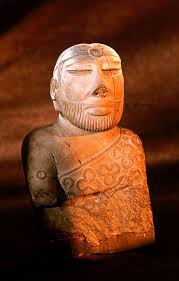
Archeologists initially went to Mohenjo Daro in 1911. A few unearthings happened in the 1920s through 1931. Little tests occurred in the 1930s, and resulting dives happened in 1950 and 1964.
The Lost City of Mohenjo Daro
The antiquated city sits on hoisted ground in the current Larkana locale of Sindh territory in Pakistan.
Amid its prime from around 2500 to 1900 B.C., the city was among the most vital to the Indus human progress, Possehl says. It spread out finished around 250 sections of land (100 hectares) on a progression of hills, and the Great Bath and a related huge building involved the tallest hill.
As per University of Wisconsin, Madison, classicist Jonathan Mark Kenoyer, additionally a National Geographic grantee, the hills became naturally finished the hundreds of years as individuals continued building stages and dividers for their homes.
"You have a high projection on which individuals are living," he says.
With no proof of rulers or rulers, Mohenjo Daro was likely administered as a city-state, maybe by chose authorities or elites from every one of the hills.
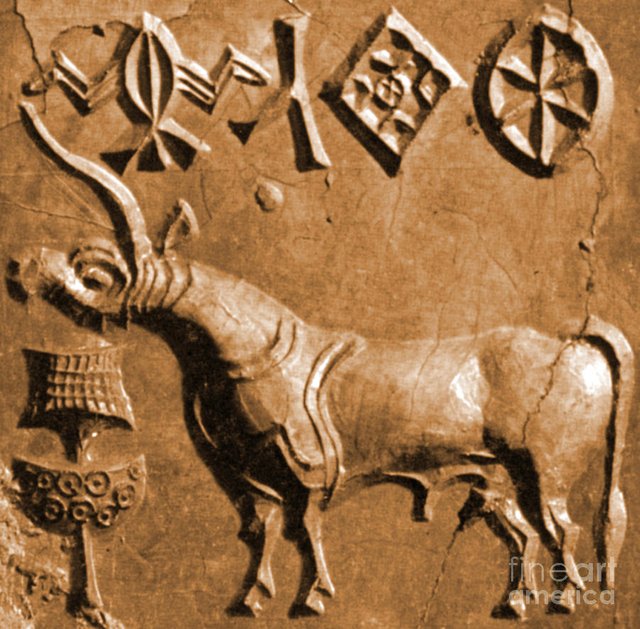
Beautiful Art craft found In Mohenjo Daro
A smaller than normal bronze statuette of a bare female, known as the moving young lady, was praised by archeologists when it was found in 1926, Kenoyer notes.
Of more noteworthy enthusiasm to him, however, are a couple of stone models of situated male figures, for example, the unpredictably cut and hued Priest King, supposed despite the fact that there is no confirmation he was a cleric or lord.
The models were altogether discovered broken, Kenoyer says. "Whoever came in at the very end of the Indus time frame obviously didn't care for the general population who were speaking to themselves or their seniors," he says.
Exactly what finished the Indus human advancement—and Mohenjo Daro—is likewise a riddle.
Kenoyer recommends that the Indus River changed course, which would have hampered the neighborhood farming economy and the city's significance as a focal point of exchange.
In any case, no confirmation exists that flooding devastated the city, and the city wasn't completely surrendered, Kenoyer says. Also, Possehl says, a changing waterway course doesn't clarify the fall of the whole Indus human progress. All through the valley, the way of life transformed, he says.
"It achieves some sort of clear archeological realization around 1900 B.C.," he said. "What drives that, no one knows."
